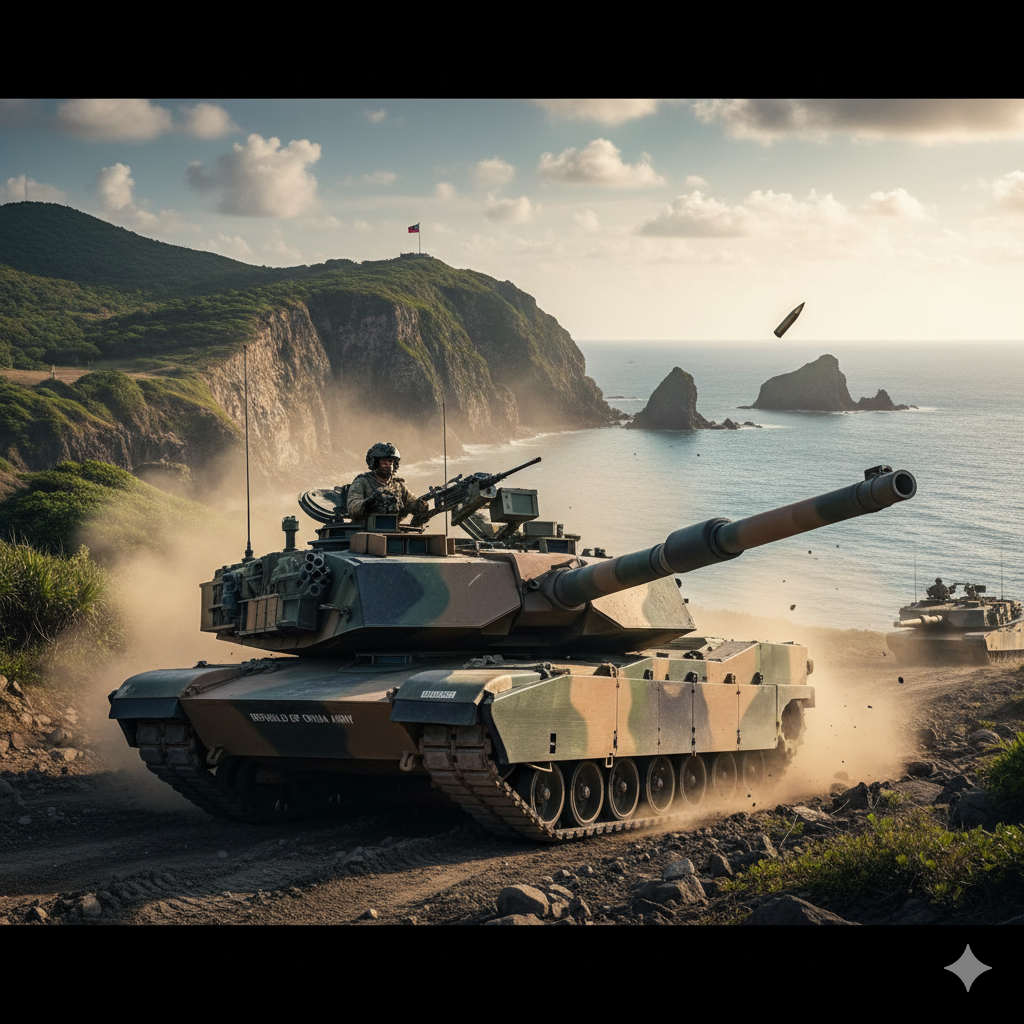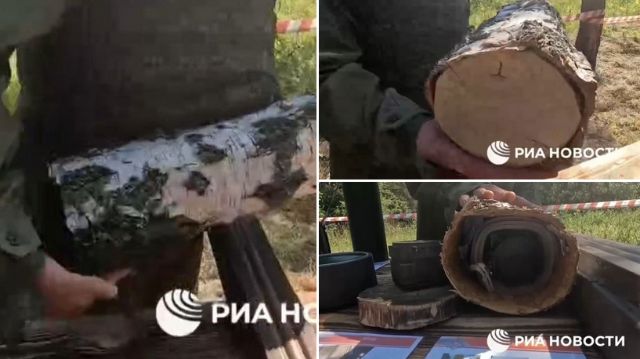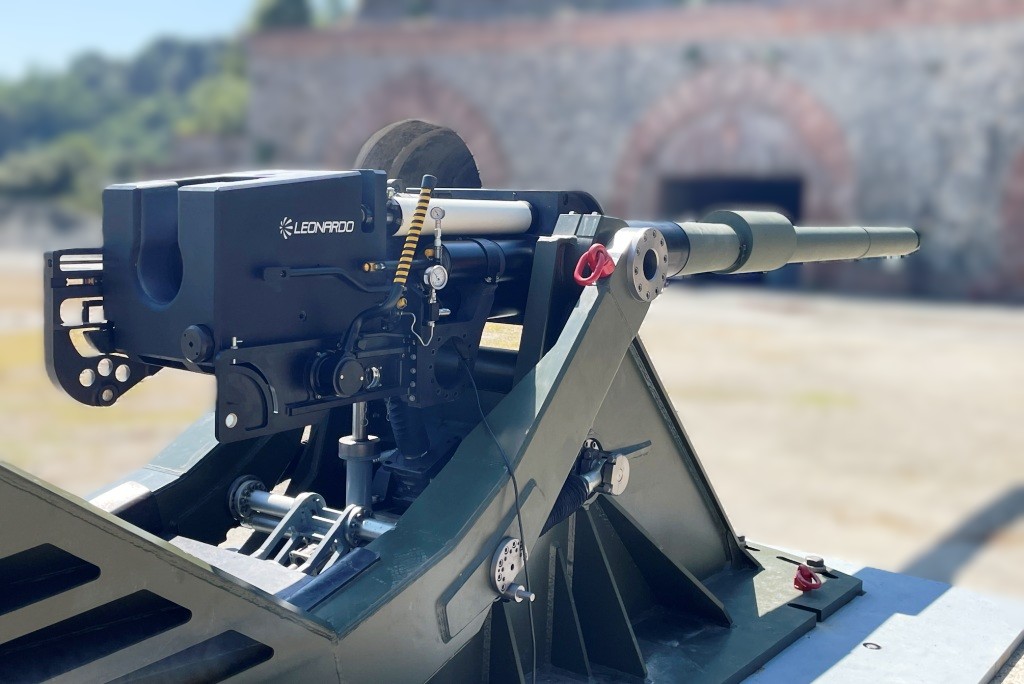In a significant move to bolster its national defense, Taiwan has officially activated its first battalion of U.S.-made M1A2T Abrams main battle tanks. This pivotal development, which took place at the illustrious Hukou Camp in Hsinchu County, marks a new era for Taiwan’s armored capabilities and sends a clear message amidst escalating pressure from mainland China. The activation ceremony, presided over by President Tsai Ing-wen, underscored the nation’s unwavering commitment to safeguarding its sovereignty and peace in the Indo-Pacific region.
A Decisive Leap in Defensive Power
The M1A2T Abrams, a variant specifically tailored for Taiwan, represents a formidable upgrade to the island nation’s ground forces. Known globally for its superior firepower, robust armor, and advanced targeting systems, the Abrams tank is considered one of the most capable battle tanks in the world. Its introduction replaces Taiwan’s aging fleet of CM-11 Brave Tiger and M60A3 TTS tanks, which, while having served valiantly, are increasingly outmatched by modern threats.
The acquisition of 108 M1A2T tanks, part of a comprehensive US arms package approved in 2019, is a direct response to the evolving security landscape. The first 38 tanks have already arrived, with the remaining units scheduled for delivery by 2026. This phased deployment allows for meticulous training and integration, ensuring that Taiwanese tank crews are fully proficient in operating these sophisticated machines.
Strategic Implications and Deterrence
The deployment of the M1A2T Abrams is not merely an equipment upgrade; it’s a strategic enhancement designed to deter potential aggression. President Tsai Ing-wen emphasized that the Abrams tanks will significantly boost Taiwan’s “asymmetric warfare capabilities,” a doctrine focused on exploiting an adversary’s weaknesses while maximizing one’s own strengths. The advanced features of the Abrams, including its 120mm smoothbore cannon, depleted uranium armor, and state-of-the-art fire control, are expected to present a substantial challenge to any invading force.
Furthermore, the activation of this battalion serves as a powerful symbol of the enduring security partnership between Taiwan and the United States. Despite the lack of formal diplomatic ties, the U.S. remains Taiwan’s most crucial international supporter and arms supplier, a relationship that Beijing views with growing apprehension. The continued provision of advanced weaponry reinforces Washington’s commitment under the Taiwan Relations Act to assist Taiwan in maintaining its self-defense.
Training and Integration: Forging a Modern Fighting Force
The successful integration of the M1A2T Abrams into Taiwan’s armed forces hinges on rigorous training. Taiwanese military personnel have undergone extensive training, both domestically and in the United States, to master the complex operational and maintenance requirements of these tanks. This includes not only tank crews but also logistics and support personnel, ensuring the seamless operation and sustainment of the Abrams fleet. The focus is on creating a highly skilled and adaptable fighting force capable of maximizing the Abrams’ potential in various combat scenarios.
The Road Ahead: Maintaining Peace and Stability
While the activation of the M1A2T Abrams battalion is a significant milestone, it is just one component of Taiwan’s broader strategy to enhance its national security. The nation continues to invest in indigenous defense capabilities, including advanced missile systems and naval assets, alongside strategic acquisitions from international partners.
The introduction of the M1A2T Abrams tanks underscores Taiwan’s resolve to defend itself against any potential threats. In a region where geopolitical tensions remain high, these tanks represent a critical asset in maintaining the delicate balance of power and ensuring peace and stability across the Taiwan Strait. As Taiwan continues to modernize its military, the world watches closely, recognizing the vital role the island plays in global security and democratic values.




